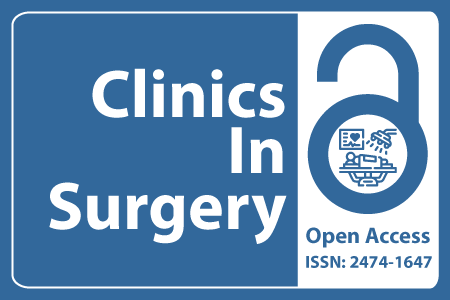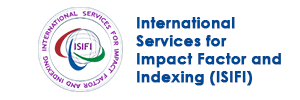
Journal Basic Info
- Impact Factor: 1.995**
- H-Index: 8
- ISSN: 2474-1647
- DOI: 10.25107/2474-1647
Major Scope
- Cardiovascular Surgery
- Neurological Surgery
- Minimally Invasive Surgery
- Endocrine Surgery
- Plastic Surgery
- General Surgery
- Colon and Rectal Surgery
- Otolaryngology - Head and Neck Surgery
Abstract
Citation: Clin Surg. 2021;6(1):3211.Case Report | Open Access
Seizures after a Carotid Endarterectomy are not due to Hyperperfusion but to Vascular Steal Activity
Goldsmith HS*
Department of Surgery, University of Nevada, USA
*Correspondance to: Goldsmith HS
PDF Full Text DOI: 10.25107/2474-1647.3211
Abstract
This paper advances the idea that carotid endarterectomy operations can cause seizures that occur after the operation, but the cause of the seizure is not due to hyperperfusion but apparently to an inter cerebral steal phenomenon that develops between non-ischemic and hypoxic neurons. Cerebral hyperperfusion begins immediately after a carotid endarterectomy, but within days there is a return to normal cerebral perfusion. Of interest is that so-called hyperperfusion seizures do not occur early after carotid surgery even though hyperperfusion is at its height during this time period. A hypothesis is presented based on Bernoulli?s Law that cerebral blood flow after a carotid endarterectomy is disproportionate in the volume of blood flow to normal areas of the brain compared to chronically ischemic locations. This allows for a continued disparity between the blood flow between non-ischemic and neuro-electrically unstable hypoxic neurons. Hypoxic neurons which are known to be neuro-electrically irritable appear to be the source of seizure activity suggesting, therefore, that seizures following a carotid endarterectomy are not due to hyperperfusion but to vascular steal activity.
Keywords
Carotid endarterectomy; Hyperperfusion; Vascular steal action
Cite the article
Goldsmith HS. Seizures after a Carotid Endarterectomy are not due to Hyperperfusion but to Vascular Steal Activity. Clin Surg. 2021; 6: 3211..













